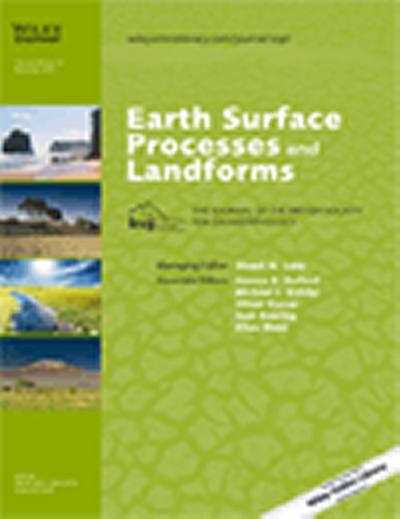New publication in Earth Surface Processes and Landforms

Dr Justin Dix is co-author on a new paper published in the international journal Earth Surface Processes and Landforms, entitled "A method for on semi-automated objective quantification of linear bedforms from multi-scale digital elevation models."
Abstract
The increasing availability of large, detailed digital representations of the Earth's surface demands the application of objective and quantitative analyses. Given recent advances in the understanding of the mechanisms of formation of linear bedform features from a range of environments, objective measurement of their wavelength, orientation, crest and trough positions, height and asymmetry is highly desirable. These parameters are also of use when determining observation-based parameters for use in many applications such as numerical modelling, surface classification and sediment transport pathway analysis. Here, we (i) adapt and extend extant techniques to provide a suite of semi-automatic tools which calculate crest orientation, wavelength, height, asymmetry direction and asymmetry ratios of bedforms, and then (ii) undertake sensitivity tests on synthetic data, increasingly complex seabeds and a very large-scale (39 000 km2) aeolian dune system. The automated results are compared with traditional, manually derived, measurements at each stage. This new approach successfully analyses different types of topographic data (from aeolian and marine environments) from a range of sources, with tens of millions of data points being processed in a semi-automated and objective manner within minutes rather than hours or days. The results from these analyses show there is significant variability in all measurable parameters in what might otherwise be considered uniform bedform fields. For example, the dunes of the Rub' al Khali on the Arabian peninsula are shown to exhibit deviations in dimensions from global trends. Morphological and dune asymmetry analysis of the Rub' al Khali suggests parts of the sand sea may be adjusting to a changed wind regime from that during their formation 100 to 10 ka BP.